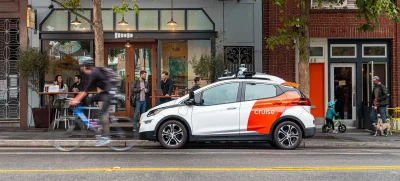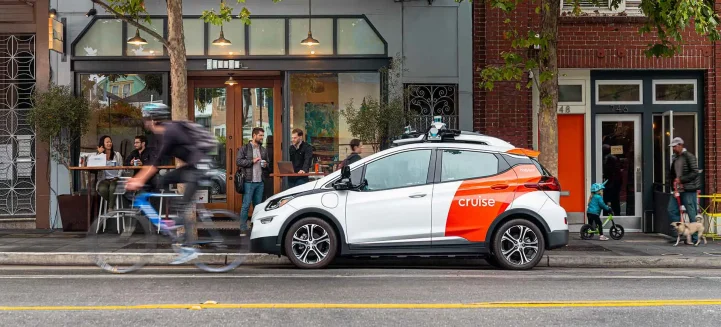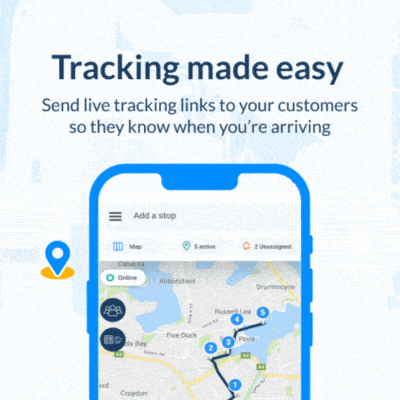Cruise, the autonomous vehicle (AV) subsidiary of General Motors (GM), initiated layoffs last week. It’s a strategic move in response to recent operational hurdles and regulatory setbacks.
Cruise CEO Kyle Vogt warned of the impending layoffs during a recent all-hands meeting. Vogt says the company would downsize its workforce, starting with roles crucial to its driverless fleet operations.
Cruise layoffs in progress
In an internal memo seen by TechCrunch, employees were informed that driverless operations had been halted while Cruise focuses on “supervised driving for the time being.”
According to spokesperson Tiffany Testo, the initial wave of layoffs will affect employees responsible for charging and maintaining driverless vehicles; as well as cleaning staff and those providing customer support. Third-party contingent workers aren’t affected at this stage.
Cruise’s public announcement states the company will be using this time to examine its processes. “We plan to seek input from our government and agency partners and other key stakeholders to understand how we can be better partners.”
ALSO READ: Cruise plans driverless taxis in Japan
“We believe that over time, autonomous vehicles can significantly reduce the number and severity of car collisions […] We also know we have a responsibility to operate at the highest standards of safety, transparency and accountability,” the statement reads.
Apart from the layoffs, other strategic measures include:
- A voluntary software recall,
- Announcing a chief of safety role,
- Retaining law firm Quinn Emanuel to review the October incident,
- Hiring an independent third-party engineering firm to perform a technical root cause analysis of the incident,
- Appointing leaders to investigate and follow up on:
- Safety governance,
- Safety and engineering processes,
- Internal and external processes,
- Community engagement.
Cruise paused driverless activities in October when the California Department of Motor Vehicles (DMV) suspended the company’s driverless permits. The suspension follows an incident in San Francisco on October 2, involving a pedestrian hit by a human-driven car.
Analysis of hit-and-run incident
A Cruise robotaxi named Panini was at a complete stop at a red light when a human-driven Nissan Sentra stopped in the adjacent lane. Both vehicles proceeded into the intersection when the light turned green, Cruise explains in its review of the incident.
“Against a red light, a pedestrian entered the crosswalk on the opposite side of Market Street across from the vehicles. The pedestrian passed completely through the AV’s lane of travel, then stopped mid-crosswalk in front of the Nissan Sentra.”
“The Nissan Sentra then tragically struck and propelled the pedestrian into the path of the AV. The AV biased rightward before braking aggressively, but still made contact with the pedestrian. The AV detected a collision, bringing the vehicle to a stop; then attempted to pull over to avoid causing further road safety issues, pulling the individual forward approximately 20 feet [6 meters].”
The driver of the Nissan Sentra fled the scene. Cruise says it was transparent about the incident, sharing information with the California DMV, California Public Utilities Commission, and National Highway Traffic Safety Administration.
Share this article
About the author
Cheryl has contributed to various international publications, with a fervor for data and technology. She explores the intersection of emerging tech trends with logistics, focusing on how digital innovations are reshaping industries on a global scale. When she's not dissecting the latest developments in AI-driven innovation and digital solutions, Cheryl can be found gaming, kickboxing, or navigating the novel niches of consumer gadgetry.














